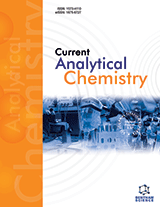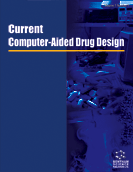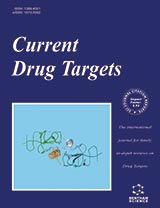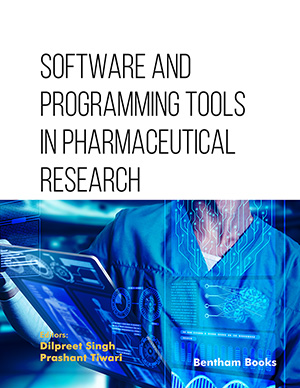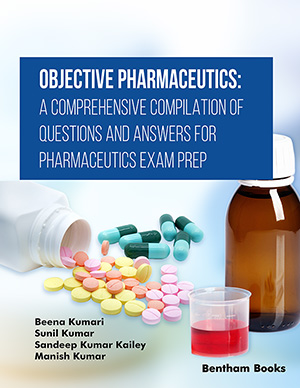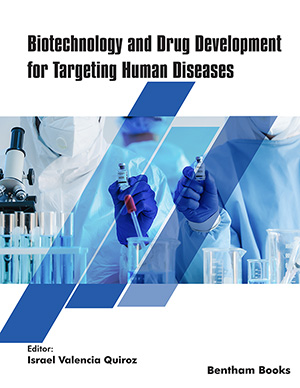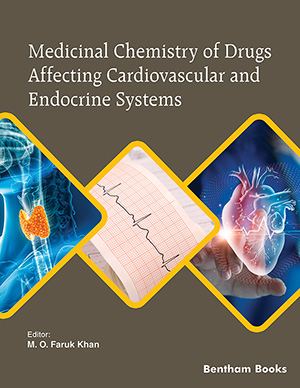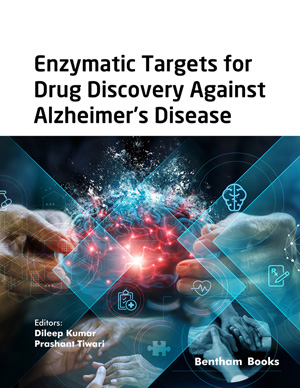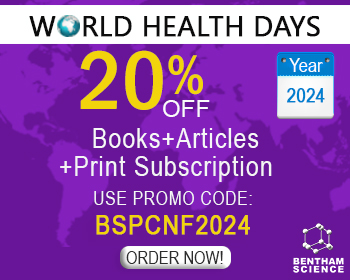Abstract
The phenanthroindolizidine and phenanthroquinolizidine alkaloids, typified by tylophorine and cryptopleurine, are a family of plant-derived small molecules with significant therapeutic potential. The plant extracts have been used in herbal medicine and the isolated compounds have displayed a range of promising therapeutic activity such as antiameobicidal, anti-viral, anti-inflammatory and anti-cancer activity. Despite their therapeutic protential, no compounds in this class have fully passed clinical trials. Drawbacks include low in vivo anti-cancer activity, central nervous system toxicity and low natural availability. A number of biological effects of these compounds, such as protein and nucleic acid synthesis suppression, have been identified, but the specific biomolecular targets have not yet been identified. Significant effort has been expended in the synthesis and structure-activity-relationship (SAR) studies of these compounds with the hope that a new drug will emerge. This review will highlight important contributions to the isolation, synthesis, SAR and mechanism of action of the phenanthroindolizidine and pheanthroquinolizidine alkaloids.
Current Bioactive Compounds
Title: Phenanthroindolizidines and Phenanthroquinolizidines: Promising Alkaloids for Anti-Cancer Therapy
Volume: 5 Issue: 1
Author(s): Sherry R. Chemler
Affiliation:
Abstract: The phenanthroindolizidine and phenanthroquinolizidine alkaloids, typified by tylophorine and cryptopleurine, are a family of plant-derived small molecules with significant therapeutic potential. The plant extracts have been used in herbal medicine and the isolated compounds have displayed a range of promising therapeutic activity such as antiameobicidal, anti-viral, anti-inflammatory and anti-cancer activity. Despite their therapeutic protential, no compounds in this class have fully passed clinical trials. Drawbacks include low in vivo anti-cancer activity, central nervous system toxicity and low natural availability. A number of biological effects of these compounds, such as protein and nucleic acid synthesis suppression, have been identified, but the specific biomolecular targets have not yet been identified. Significant effort has been expended in the synthesis and structure-activity-relationship (SAR) studies of these compounds with the hope that a new drug will emerge. This review will highlight important contributions to the isolation, synthesis, SAR and mechanism of action of the phenanthroindolizidine and pheanthroquinolizidine alkaloids.
Export Options
About this article
Cite this article as:
Chemler R. Sherry, Phenanthroindolizidines and Phenanthroquinolizidines: Promising Alkaloids for Anti-Cancer Therapy, Current Bioactive Compounds 2009; 5 (1) . https://dx.doi.org/10.2174/157340709787580928
| DOI https://dx.doi.org/10.2174/157340709787580928 |
Print ISSN 1573-4072 |
| Publisher Name Bentham Science Publisher |
Online ISSN 1875-6646 |
 88
88
- Author Guidelines
- Graphical Abstracts
- Fabricating and Stating False Information
- Research Misconduct
- Post Publication Discussions and Corrections
- Publishing Ethics and Rectitude
- Increase Visibility of Your Article
- Archiving Policies
- Peer Review Workflow
- Order Your Article Before Print
- Promote Your Article
- Manuscript Transfer Facility
- Editorial Policies
- Allegations from Whistleblowers
- Announcements
Related Articles
-
The Pro-Survival Function of Akt Kinase can be Overridden or Altered to Contribute to Induction of Apoptosis
Current Cancer Drug Targets Resveratrol Counteracts Hypoxia-Induced Gastric Cancer Invasion and EMT through Hedgehog Pathway Suppression
Anti-Cancer Agents in Medicinal Chemistry Drug Disposition in Pathophysiological Conditions
Current Drug Metabolism Current Development of Metal Complexes with Diamine Ligands as Potential Anticancer Agents
Current Medicinal Chemistry Imaging of HER-2 Overexpression in Tumors for Guiding Therapy
Current Pharmaceutical Design Small Molecules Targeting Ataxia Telangiectasia and Rad3-Related (ATR) Kinase: An Emerging way to Enhance Existing Cancer Therapy
Current Cancer Drug Targets Sorafenib (BAY 43-9006): Review of Clinical Development
Current Clinical Pharmacology Targeting Protein Kinase Inhibitors with Traditional Chinese Medicine
Current Drug Targets Natural Products as Aromatase Inhibitors
Anti-Cancer Agents in Medicinal Chemistry Transport of Nucleoside Analogs Across the Plasma Membrane: A Clue to Understanding Drug-Induced Cytotoxicity
Current Drug Metabolism Potential MicroRNA Targets for Cancer Chemotherapy
Current Medicinal Chemistry The Holy Grail of Polymer Therapeutics for Cancer Therapy: An Overview on the Pharmacokinetics and Bio Distribution
Current Drug Metabolism Natural Compounds with Proteasome Inhibitory Activity for Cancer Prevention and Treatment
Current Protein & Peptide Science The Tumor Stroma as Mediator of Drug Resistance - A Potential Target to Improve Cancer Therapy?
Current Pharmaceutical Biotechnology Protein Extracts from Somaclonal Mistletoe (Viscum Album L.) Callus with Increased Tumor Cytotoxic Activity in Vitro
Current Bioactive Compounds Antigen-specific Immunotherapy in Ovarian Cancer and p53 as Tumor Antigen
Current Pharmaceutical Design Carbonic Anhydrase Inhibitors and the Management of Cancer
Current Topics in Medicinal Chemistry Novel Drugs for Neuroblastoma
Drug Design Reviews - Online (Discontinued) Electroporation in DNA Vaccination Protocols Against Cancer
Current Drug Metabolism RNAi Screening Identifies TAK1 as a Potential Target for the Enhanced Efficacy of Topoisomerase Inhibitors
Current Cancer Drug Targets





